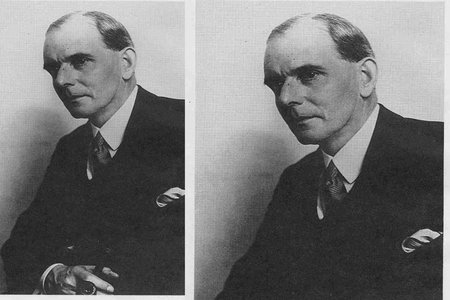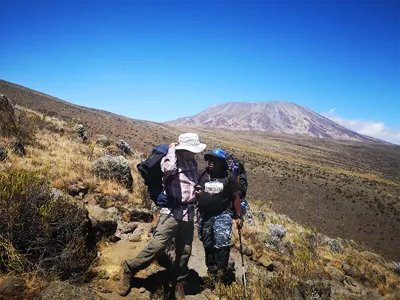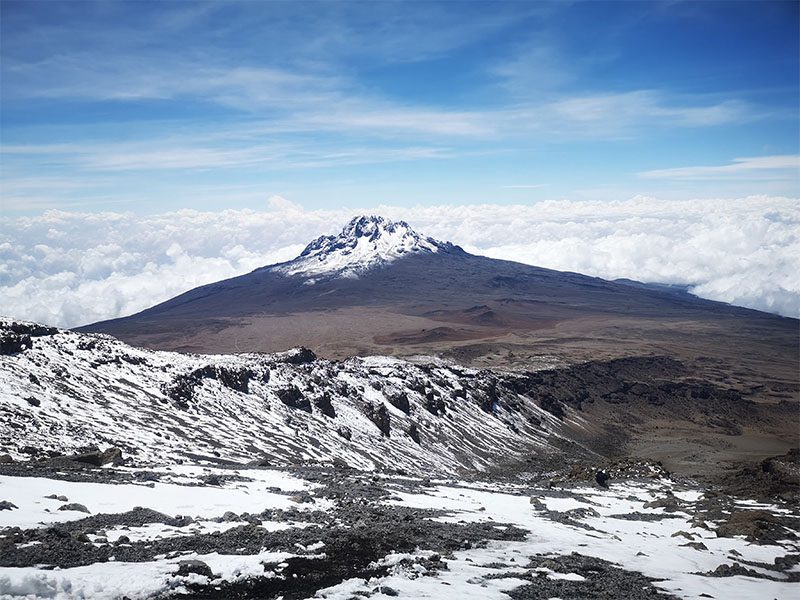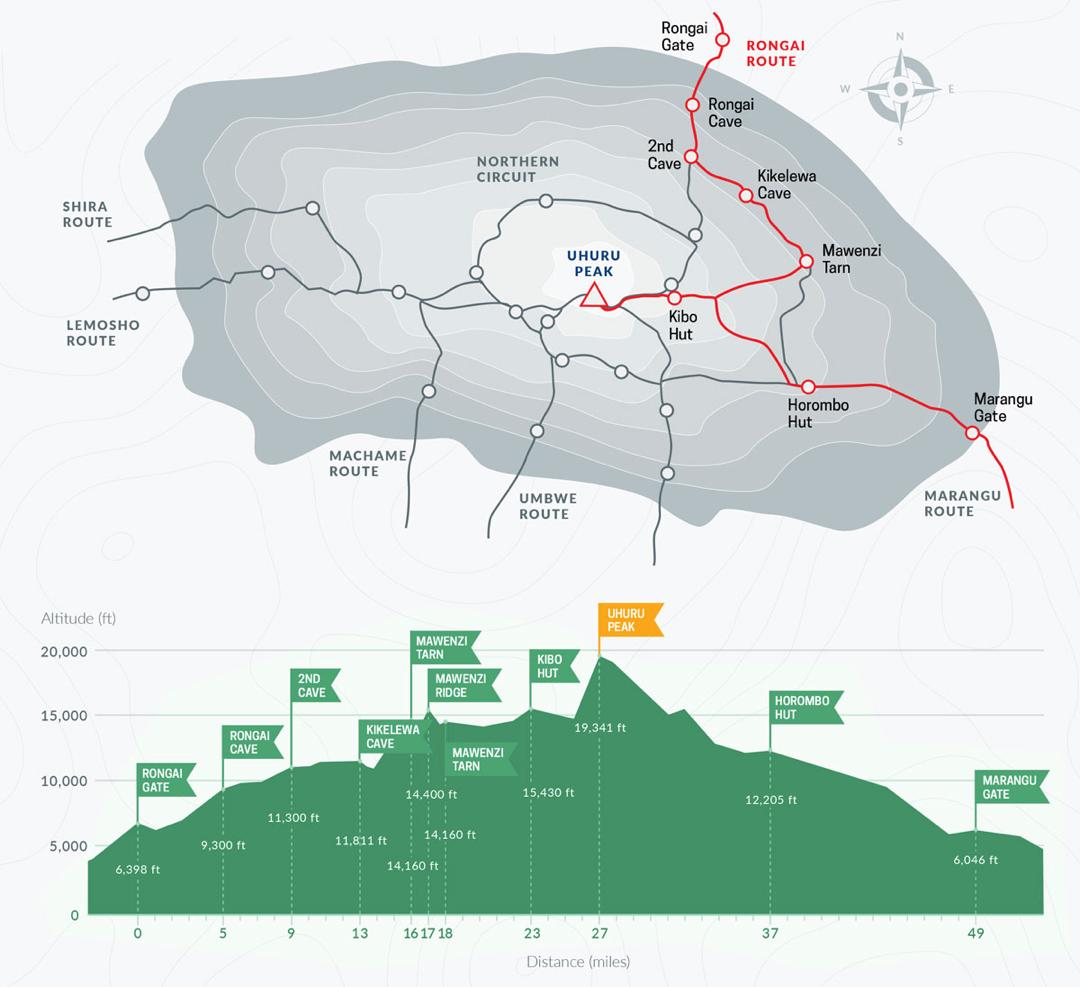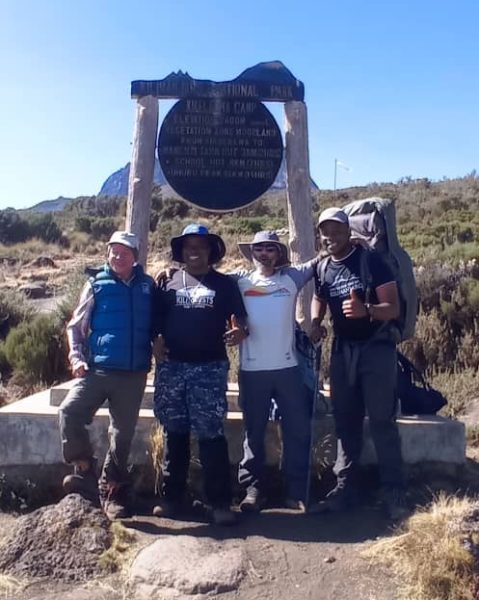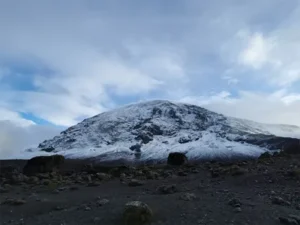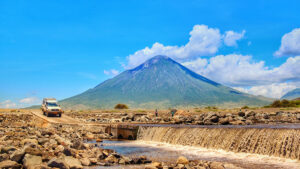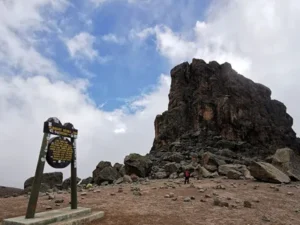Table of Contents
Why Is It Called Gilman’s Point? The Story Behind the Name | Kili Quests
Climbers taking the Marangu or Rongai Route to the top of Mount Kilimanjaro will first reach a significant milestone before Uhuru Peak: Gilman’s Point, located at 5,681 meters (18,638 feet) on the rim of Kibo crater.
But what exactly is Gilman’s Point, and who was Gilman? In this article, Kili Quests reveals the historical origins behind this lesser-known but important summit marker.
Mount Kilimanjaro’s volcanic cones reveal how the summit was formed.
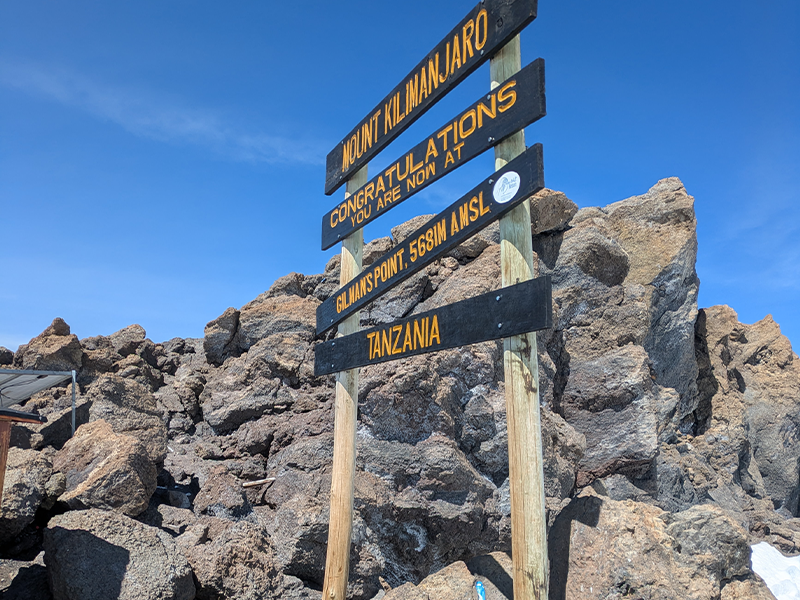
Where Is Gilman’s Point on Kilimanjaro?
Gilman’s Point lies on the eastern rim of Kilimanjaro’s Kibo crater and is the first major summit marker reached by climbers ascending via the Marangu or Rongai Route.
Reaching this point is a huge accomplishment — it marks the beginning of the crater rim and earns climbers an official “Kilimanjaro Summit Certificate.” From here, it takes roughly 1.5–2 hours to continue on foot to Uhuru Peak, the true summit of Africa.
Who Was Gilman?
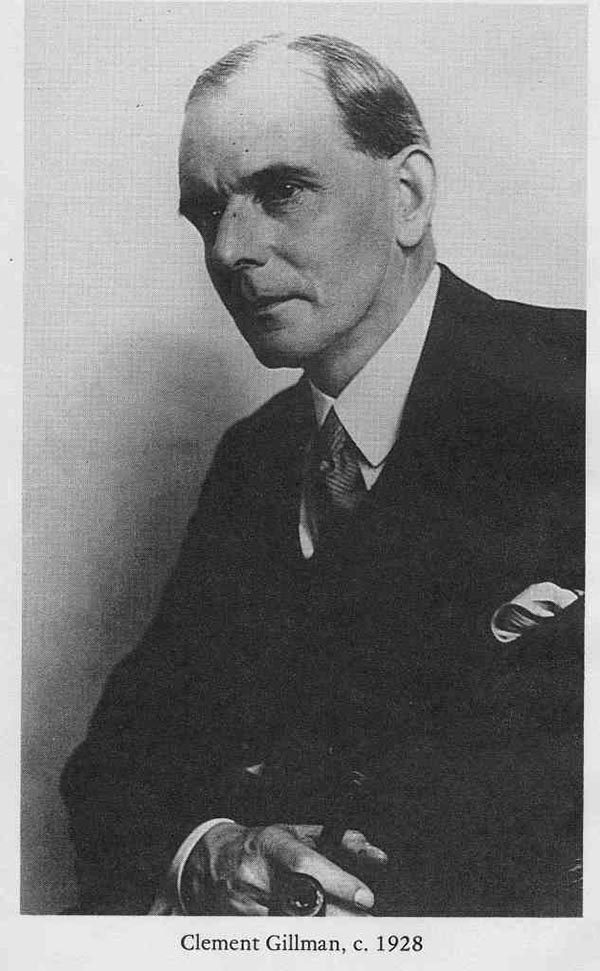
Gilman’s Point is named after Clement Gillman, a British geographer, civil engineer, and explorer who conducted important mapping and survey work in East Africa during the early 20th century.
- He helped document Kilimanjaro’s physical geography and elevation
- His surveys contributed to modern cartography in Tanzania
- The point was named to honor his contributions to Kilimanjaro’s exploration.
Although he wasn’t the first to climb Kilimanjaro, Clement Gillman’s legacy is closely tied to understanding the mountain’s terrain, geology, and routes.
Note: The name is sometimes misspelled as “Gillman’s Point,” but the correct version is “Gilman’s Point.”
Curious who first reached the summit of Kilimanjaro? Discover the full story of Hans Meyer’s historic ascent in 1889
Why Does Gilman’s Point Matter?
For many climbers, Gilman’s Point represents:
- The beginning of the crater rim, and the hardest part of the climb.
- A key psychological victory before the final summit push.
- A place of recognition, since reaching here earns you a summit certificate (even if you don’t continue to Uhuru).
Gilman’s Point vs. Uhuru Peak
Feature Gilman’s Point And Uhuru Peak
Elevation: 5,681 m / 18,638 ft vs 5,895 m / 19,341 ft
Location : Eastern crater rim vs Western crater rim
Routes Reached: Marangu, Rongai vs All main routes
Certificate Official: “summit” certificate vs Full summit certificate
Time to Uhuru :1.5hr vs 2 hours more —
Ever wondered why it’s called Stella Point? Here’s the real story
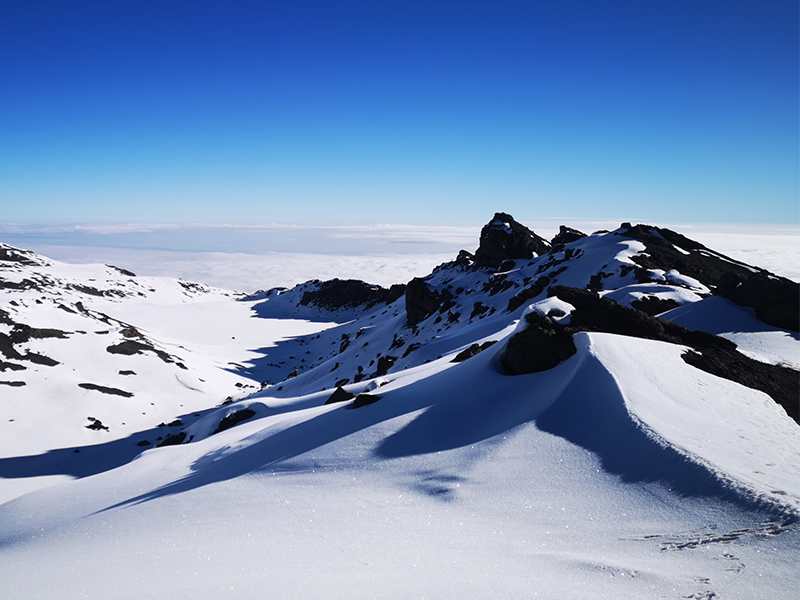
Did You Know?
The final push to Gilman’s Point is often done at night and is one of the toughest sections of the Marangu Route.
Sunrise from Gilman’s Point offers stunning views over the clouds and down toward Kenya.
Gilman’s Point is one of three named summit markers on Kilimanjaro, along with Stella Point and Uhuru Peak.
Final Thoughts
Gilman’s Point may not be the highest point on Kilimanjaro, but it’s packed with historical and emotional significance. Named after a key explorer who helped map the region, it marks a transition point between struggle and summit, where climbers often reflect on how far they’ve come.
Whether you stop here or continue to Uhuru Peak, standing at Gilman’s Point is a true achievement, worthy of celebration.
Plan Your Journey with Kili Quests
If you’re planning to climb via the Marangu or Rongai Route, you’ll pass through Gilman’s Point — one of Kilimanjaro’s historic landmarks.
With Kili Quests, you’ll be guided by experienced professionals who know every twist of the trail and the story behind every name on the mountain.
Related Articles
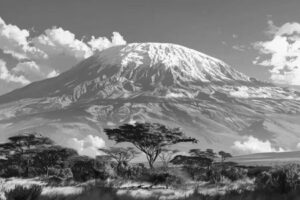
Is Mount Kilimanjaro One of the 7 Wonders of the World?
April 15, 2025
No Comments
Table of Contents Is Kilimanjaro a World Wonder? + UNESCO Facts | Kili Quests Kilimanjaro’s Legendary Status Mount Kilimanjaro is not only the tallest
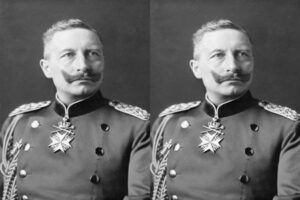
Uhuru Peak Meaning: Kilimanjaro’s Summit & Independence
April 15, 2025
No Comments
Table of Contents From Kaiser Wilhelm Spitze to Uhuru Peak: Kilimanjaro and Tanzania’s Independence | Kili Quests Mount Kilimanjaro’s summit is known today as

Mount Kilimanjaro’s Geology: Three Volcanoes in One
April 15, 2025
No Comments
Table of Contents Kilimanjaro’s Volcanic Cones: Kibo, Mawenzi & Shira Africa’s Towering Volcano Mount Kilimanjaro is not just a mountain — it’s a massive


